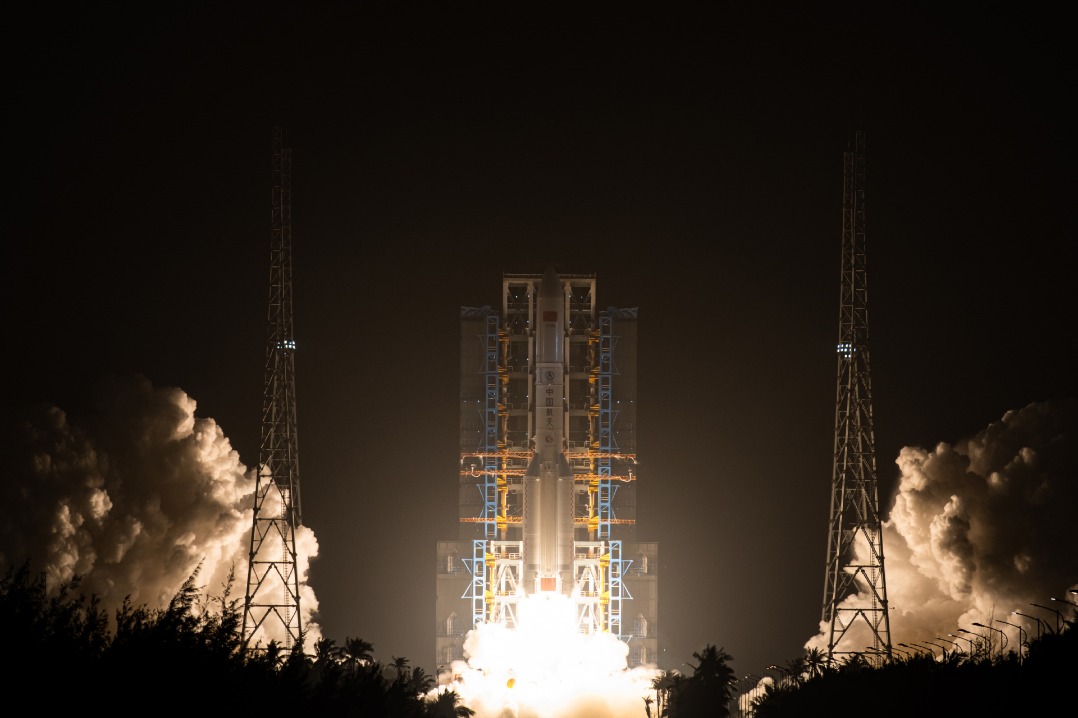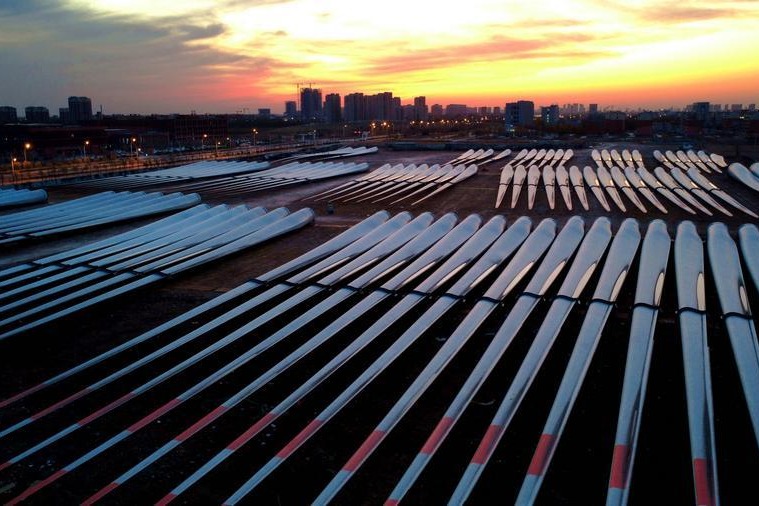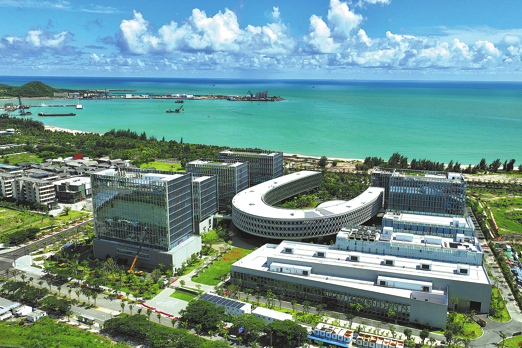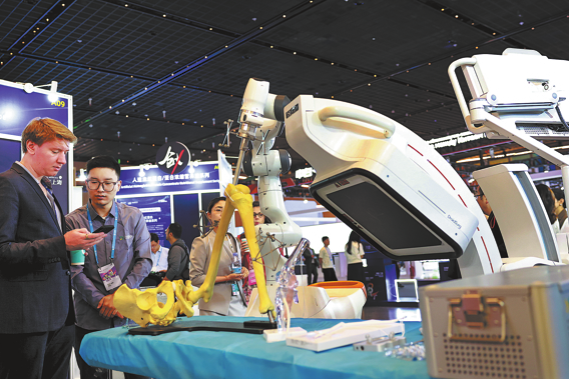Japanese towns struggling to rebuild

NAMIE, Japan-Masakazu Daibo has reopened his family's eel restaurant in a part of Japan declared a no-go zone after the 2011 nuclear disaster. So far, he barely has a single neighbor.
A decade after radiation forced tens of thousands to flee their homes in Fukushima, some towns in the region are wrestling with the difficult question of how to rebuild a community from scratch.
After the disaster, 12 percent of Fukushima Prefecture was off-limits and around 165,000 people fled their homes either under evacuation orders or voluntarily.
Numerous areas have since been declared safe after extensive decontamination, and incentives are offered to lure people back. Many though are reluctant.
Daibo returned just last year, reopening a restaurant established by his grandfather in the town of Namie, around nine kilometers from the nuclear plant.
Namie and 11 neighboring communities were part of an exclusion zone around the plant, and for years Daibo could enter only on brief visits.
"There were no people but the town remained. It was really like a movie set," the 65-year-old said. "I heard no human voices and saw only wild dogs, cows, pigs."
The radiation that blanketed the region forced him to discard everything in the restaurant.
Contaminated parts of the walls were removed and he lost everything inside, down to the sauce that had been kept cooking since his grandfather opened the business.
Daibo and his wife hesitated about moving back, but after restrictions were lifted in 2017, they decided they would try to revive the past.
"I want everyone to say 'Oh, this is a long-forgotten flavor,'" when they taste his food, Daibo said.
"I hope that my presence will shine a light on this town."
'Survival is our big issue'
But few have followed suit.
The restaurant is surrounded by empty lots overgrown with weeds. Wooden signboards are piled up next to a toppled bin in the porch of one abandoned building, in what was once downtown.
Restrictions were lifted on just 20 percent of Namie. The town's population is 7 percent its former size of 21,000, despite incentives like reduced rents and money for moving and renovation.
Around 36 percent of residents are aged 65 or above, higher than the 29 percent national average. Just 30 students attend local elementary and junior-high schools, compared with nearly 1,800 before.
Japan as a whole is battling low birthrates and an aging population, but the issue is brought to stark relief in Namie.
"We feel like the future of 20 years from now has arrived suddenly," said town official Takanori Matsumoto.
Namie hopes to raise its population to 8,000 by 2035, helped by national subsidies of up to 2 million yen ($18,500) per new family moving to disaster-hit areas.
"Survival as a community is our big issue," Matsumoto said.
Just more than 2 percent of Fukushima remains under evacuation orders, with the figure for evacuees officially at around 35,700, though some experts believe there could be nearly twice as many.
There is no deadline for lifting all the evacuation orders, and doubts persist that Fukushima Daichii can be decommissioned on schedule by 2041 at the earliest.
Some who returned found it takes more than reconstruction to rebuild a community.
Yuko Hikichi helps organize gatherings and group exercise sessions to strengthen community ties in Namie. "We are just at the starting line. ... Community-building is not an easy job. It is endless," she said.
Agencies Via Xinhua
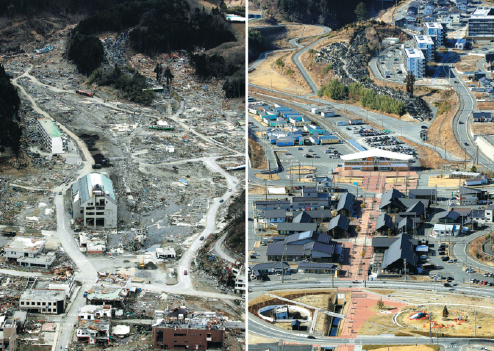
Today's Top News
- Economic stability a pillar of China's national security
- Xi taps China's deep wisdom for global good
- New rules aim for platforms' healthy growth
- Chinese web literature grows overseas
- Postgrad exam trend points to thoughtful approach
- World's highest urban wetland a global model
















